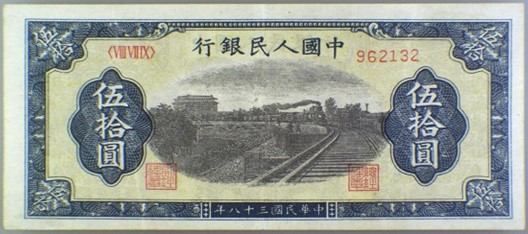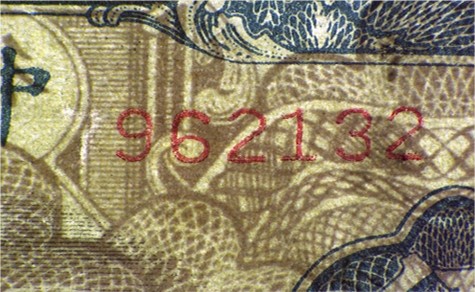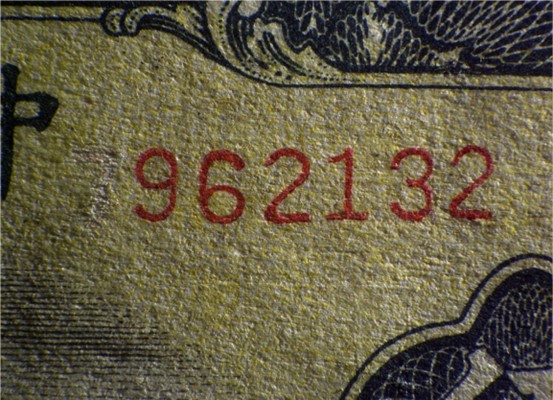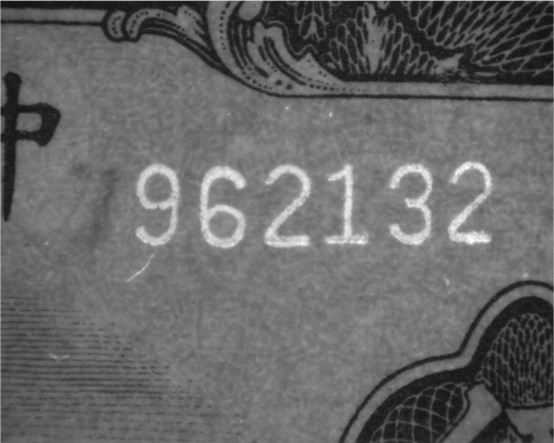Counterfeit Detection: Altered China 1949 50 Yuan
Posted on 7/22/2025
First Series Renminbi notes issued in the mid-20th century are highly sought after by collectors of Chinese paper money. Due to its age, varieties and complexities, the First Series RMB does not seem easily approachable compared to later series, discouraging less-experienced collectors. Let’s take a look at the authentication process for a 1949 50 Yuan, which provides some insight into what to look out for if you are considering buying an uncertified example.
As more experienced collectors know, the First Series RMB notes (including the 100 Yuan with a red steamship, the 50 Yuan with a train, the 50 Yuan with a worker and the 1,000 Yuan with farmland) can be divided into two categories: notes with 6-digit and 7-digit serial numbers. Because the 6-digit notes were generally printed earlier than the 7-digit notes, and the number printed was far fewer than the 7-digit notes (with the exception of the 1,000 Yuan), the significant price difference between the two has attracted many counterfeiters seeking easy profit.
Shown below (in Figure 1) is what appears to be a six-digit 50 Yuan note with a train, which was submitted for PMG authentication and grading. Under normal light, the note’s number and seal ink are bright, the background and main image are clear, and the prefix of 879 (in Roman numerals) is also within the normal range. Nothing seems unusual. However, this is only the first step in the work of the grader. Next, let's look at the note under special lighting.
 |
|
| Figure 1 | |
Under special lighting (shown in Figure 2), everything seems normal initially. But a closer look reveals that there are some pale disturbances to the left of the first digit of the Arabic serial number (9). It seems that further investigation is needed!
 |
|
| Figure 2 | |
Under side lighting (shown in Figure 3), a faint number "7" can be seen to the left of the Arabic serial number. The area where it is located has obvious traces of tampering, with ink clearly missing from the area. At this point, an experienced grader will have no doubt that the note has been altered and cannot be certified.
 |
|
| Figure 3 | |
Illumination of the note under one more type of special light (shown in Figure 4) should make it clear to everyone. The originally slightly blurred Arabic numeral "7" is now fully displayed, revealing that this was a seven-digit serial number that was altered to look like a six-digit one.
 |
|
| Figure 4 | |
Of course, altering a serial number like this is merely one way to create a counterfeit. Because of the desirability for First Series RMB notes, it is prudent for collectors to understand how counterfeiters operate and take advantage of the strong demand. If you are unsure whether a note is genuine, remember that PMG has a team of professional, experienced graders, and all banknotes graded by PMG are backed by the PMG Guarantee of grade and authenticity.
Related Link: View more PMG Counterfeit Detection columns
Stay Informed
Want news like this delivered to your inbox once a month? Subscribe to the free PMG eNewsletter today!